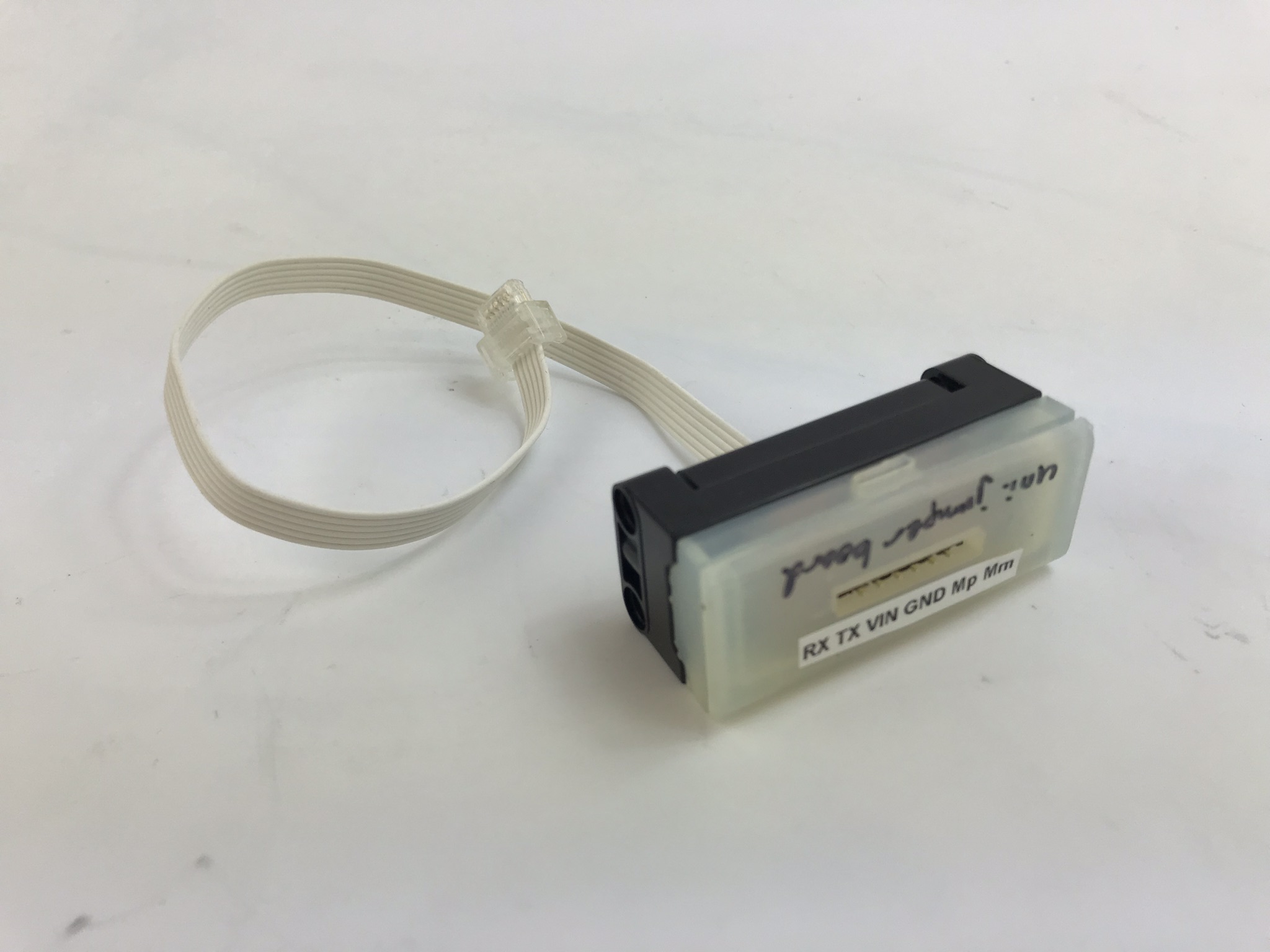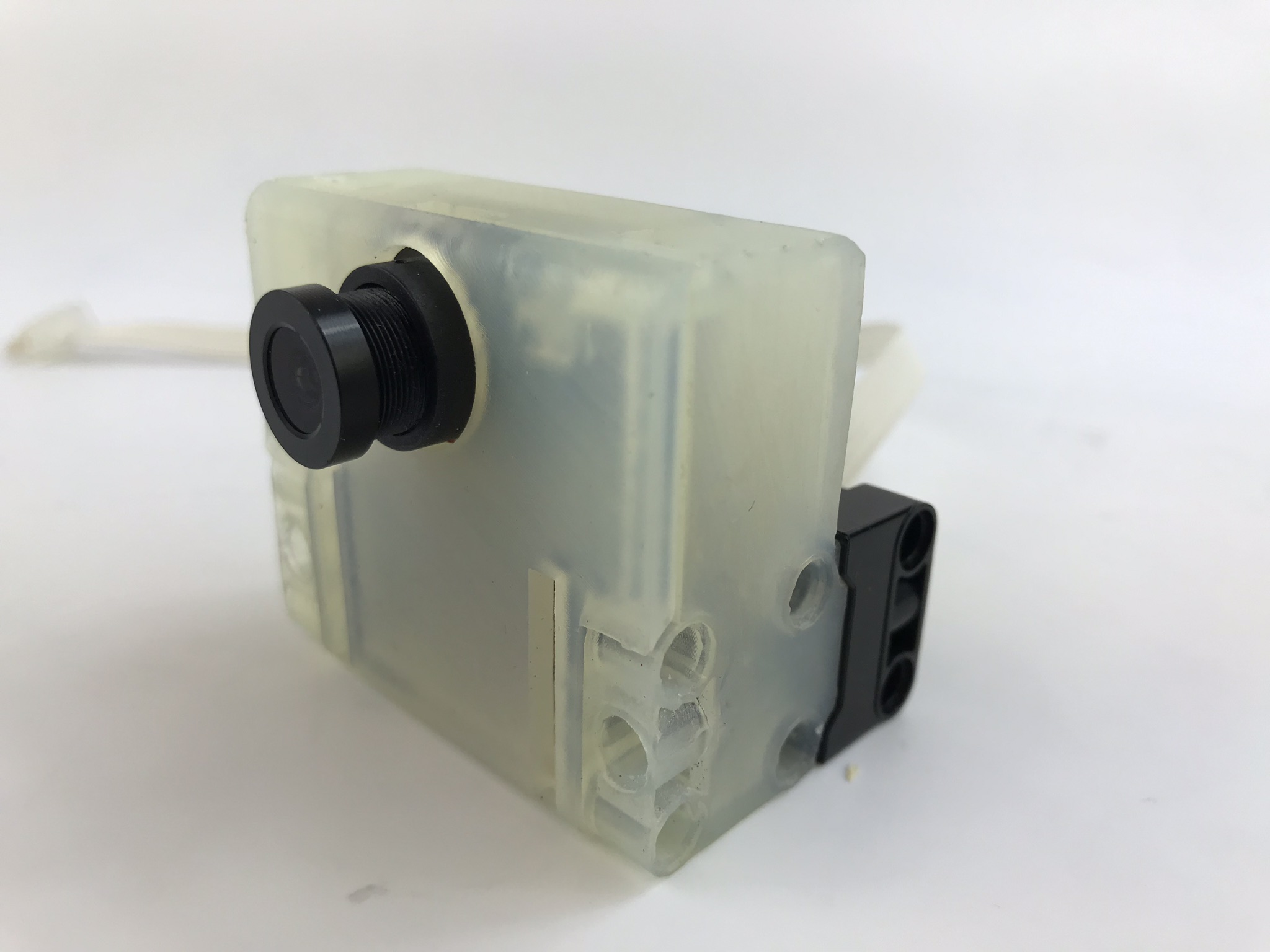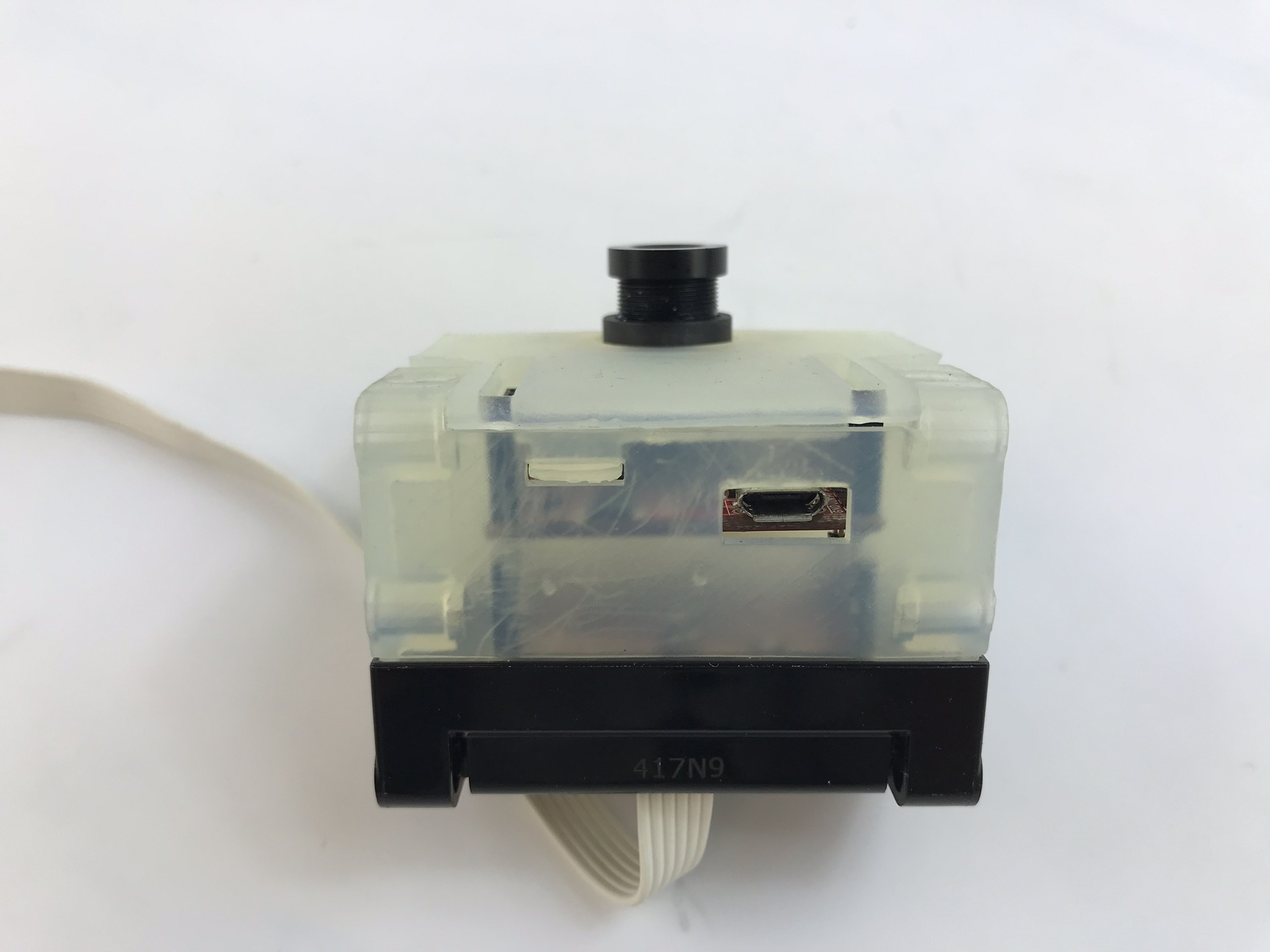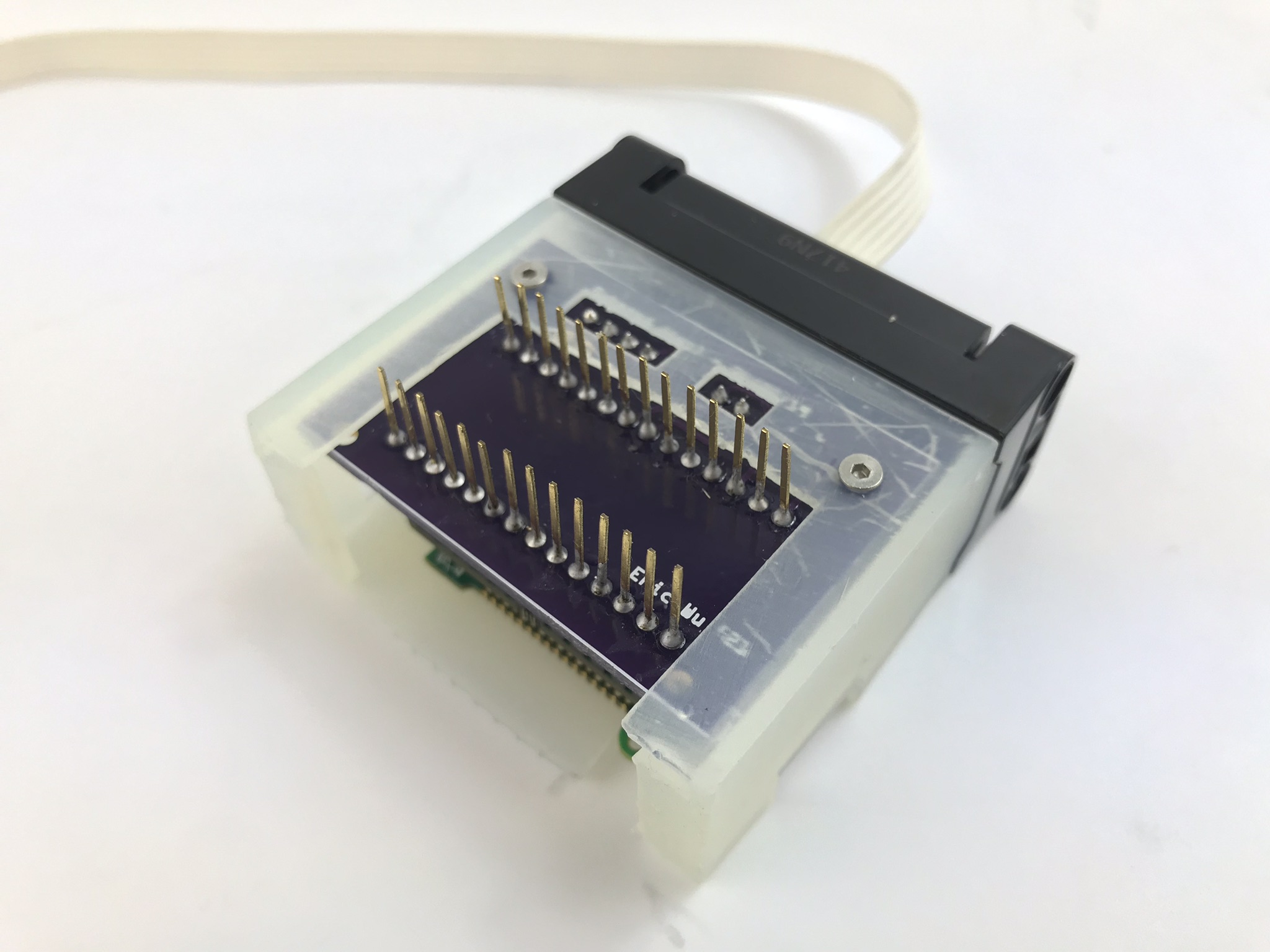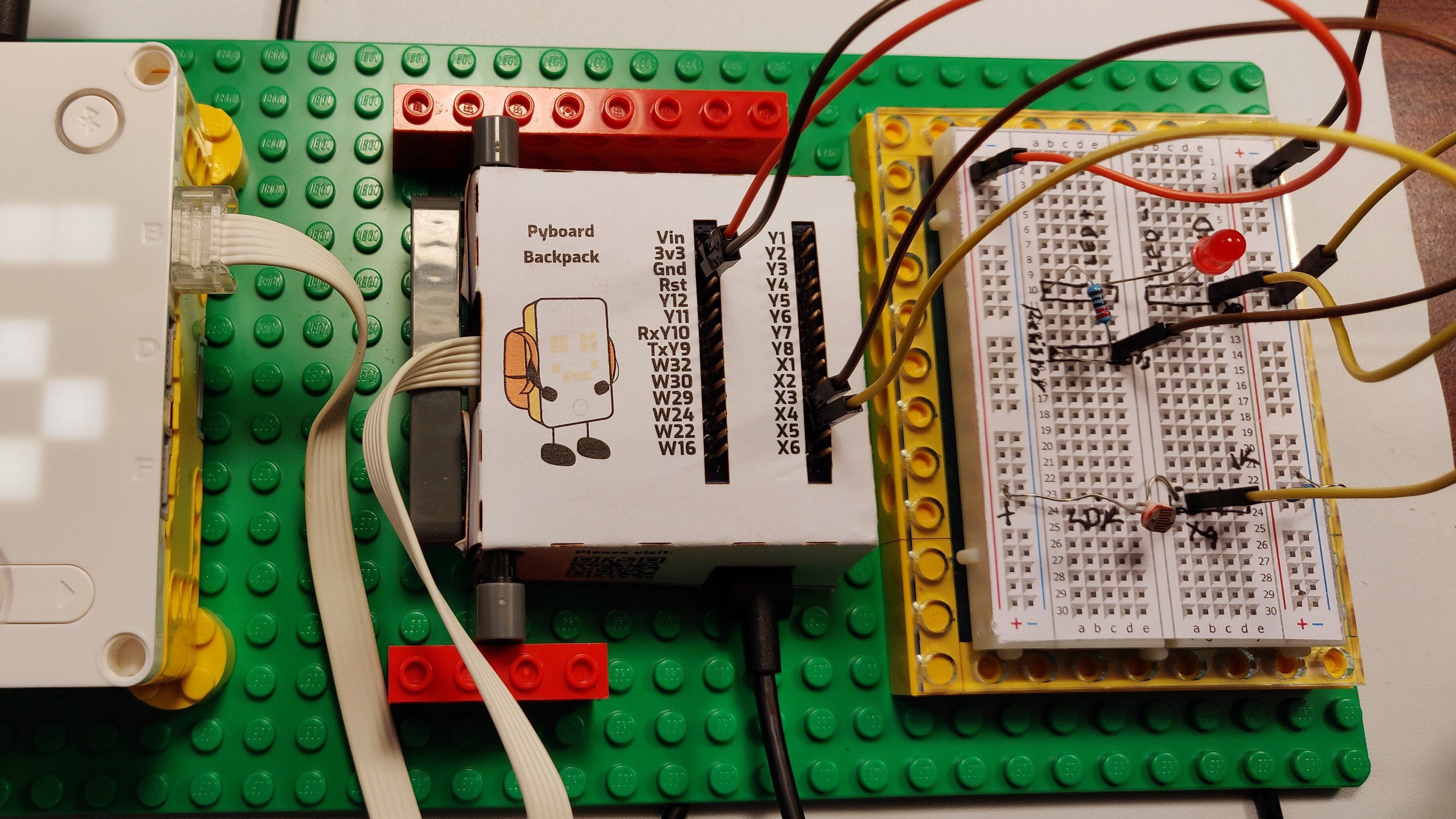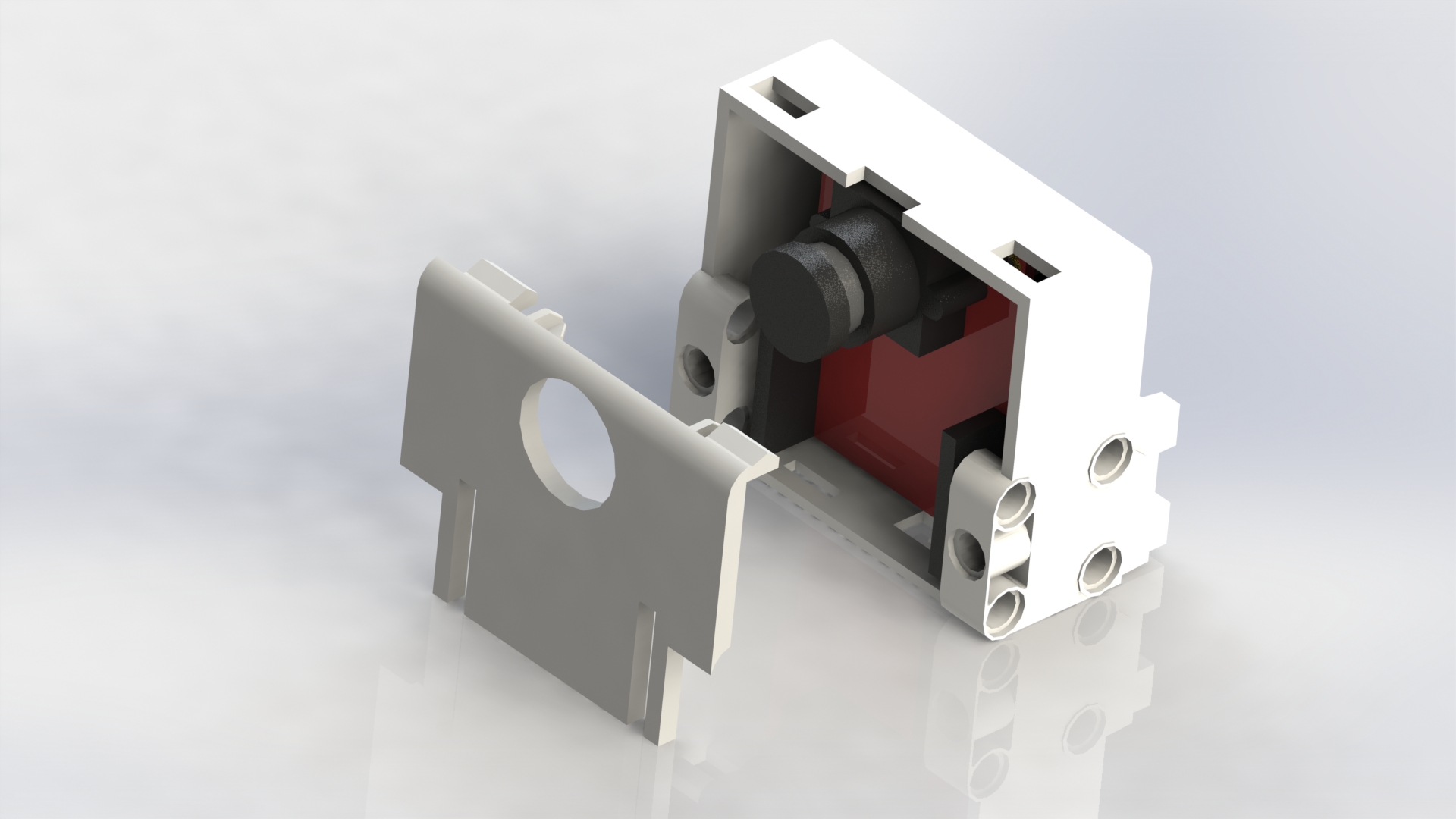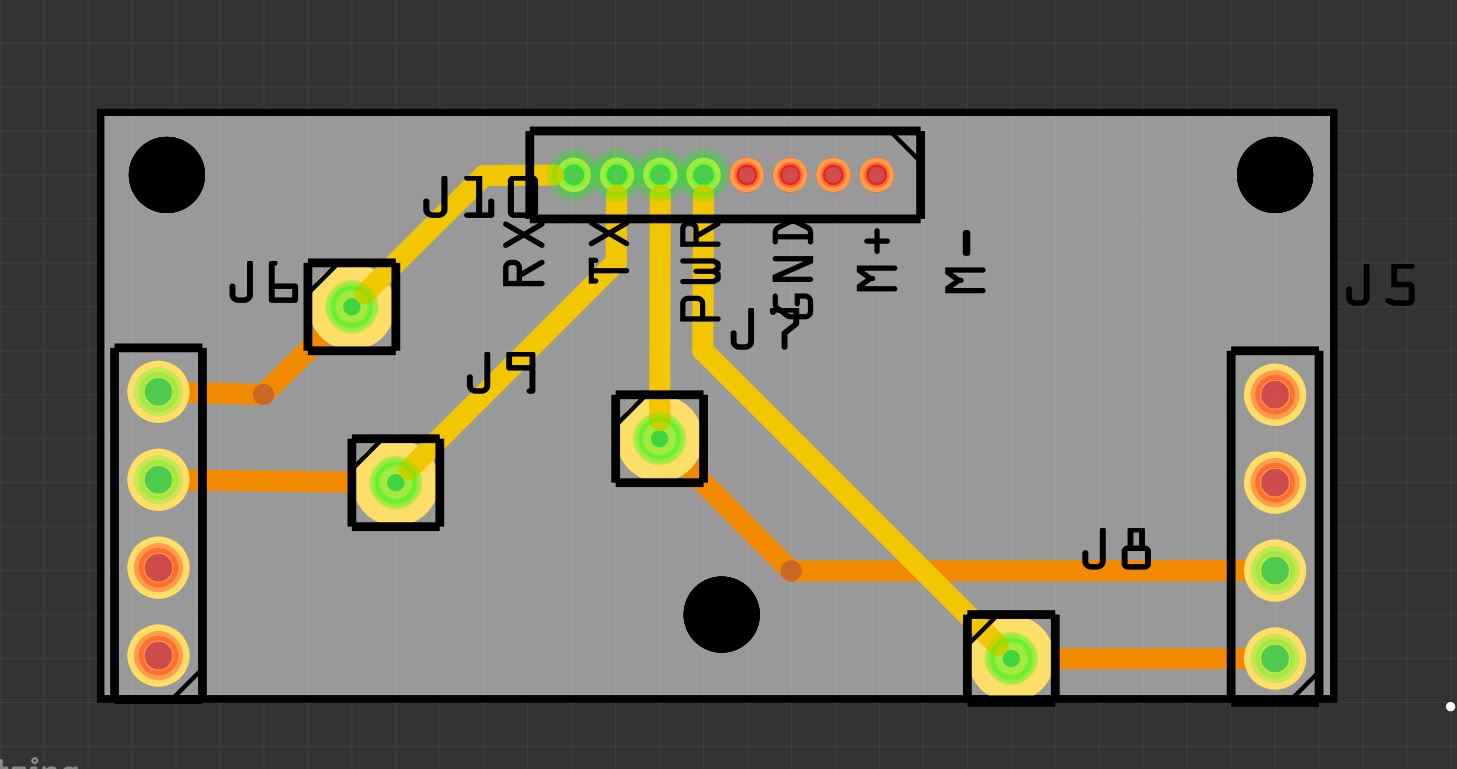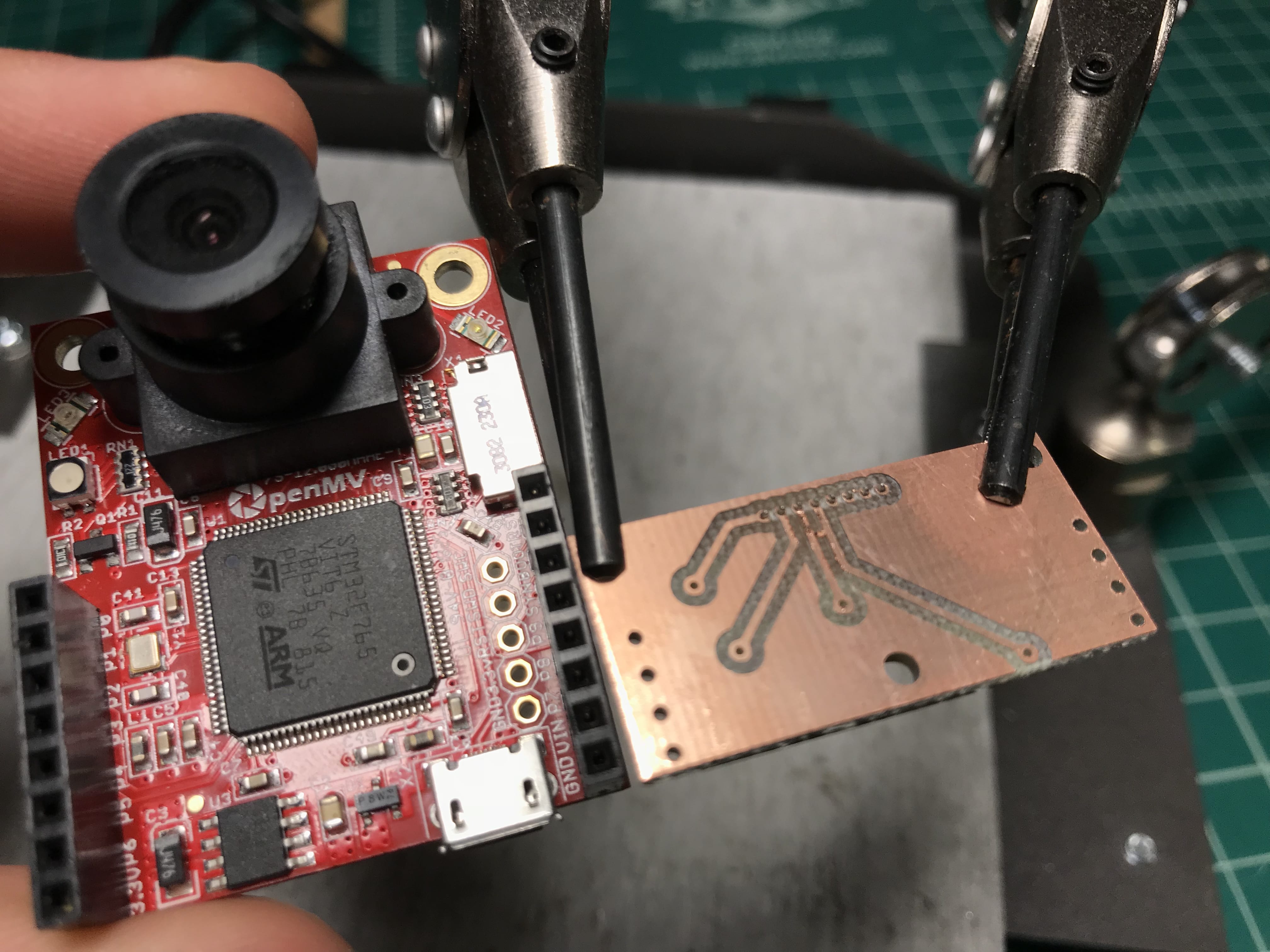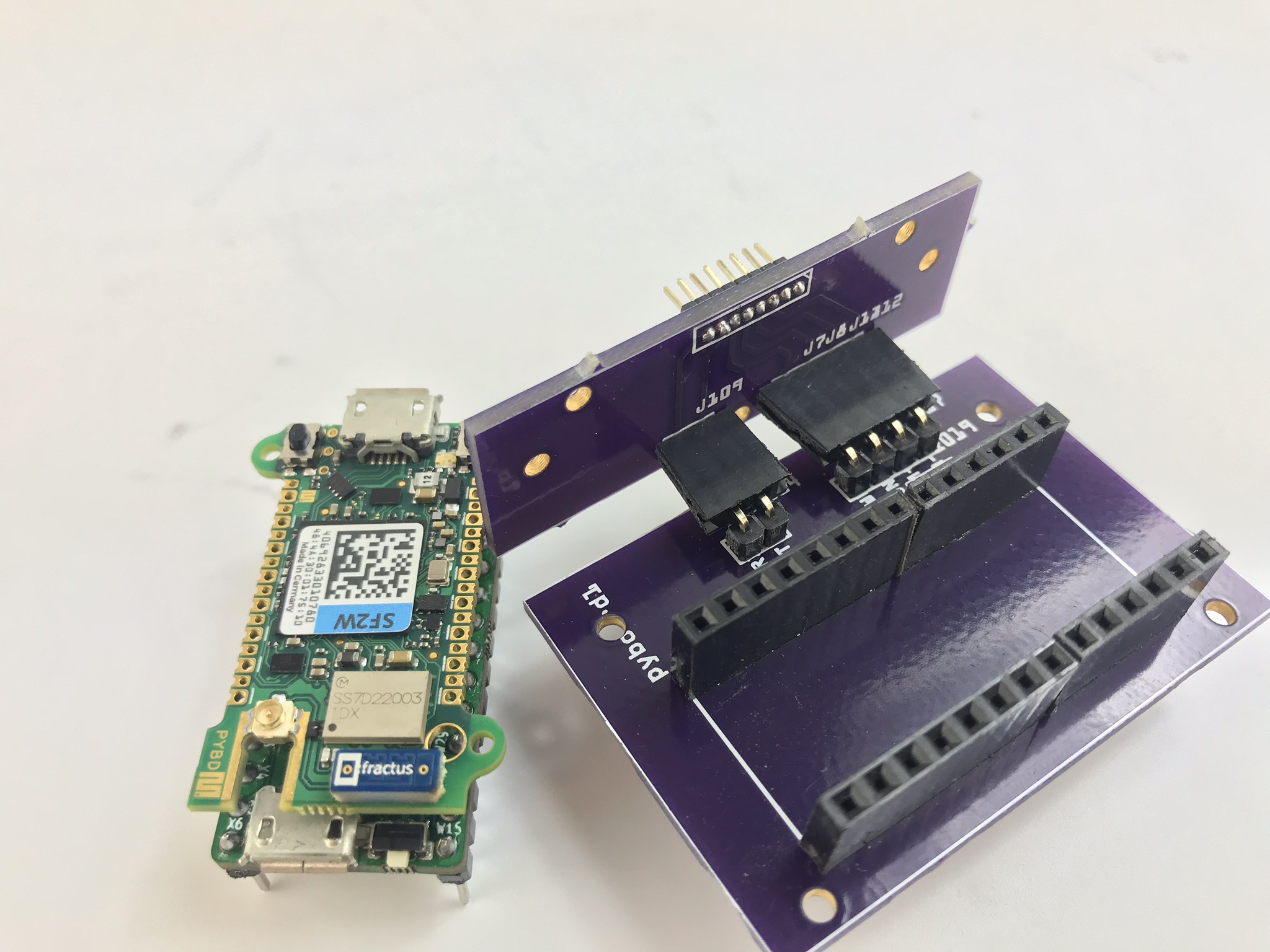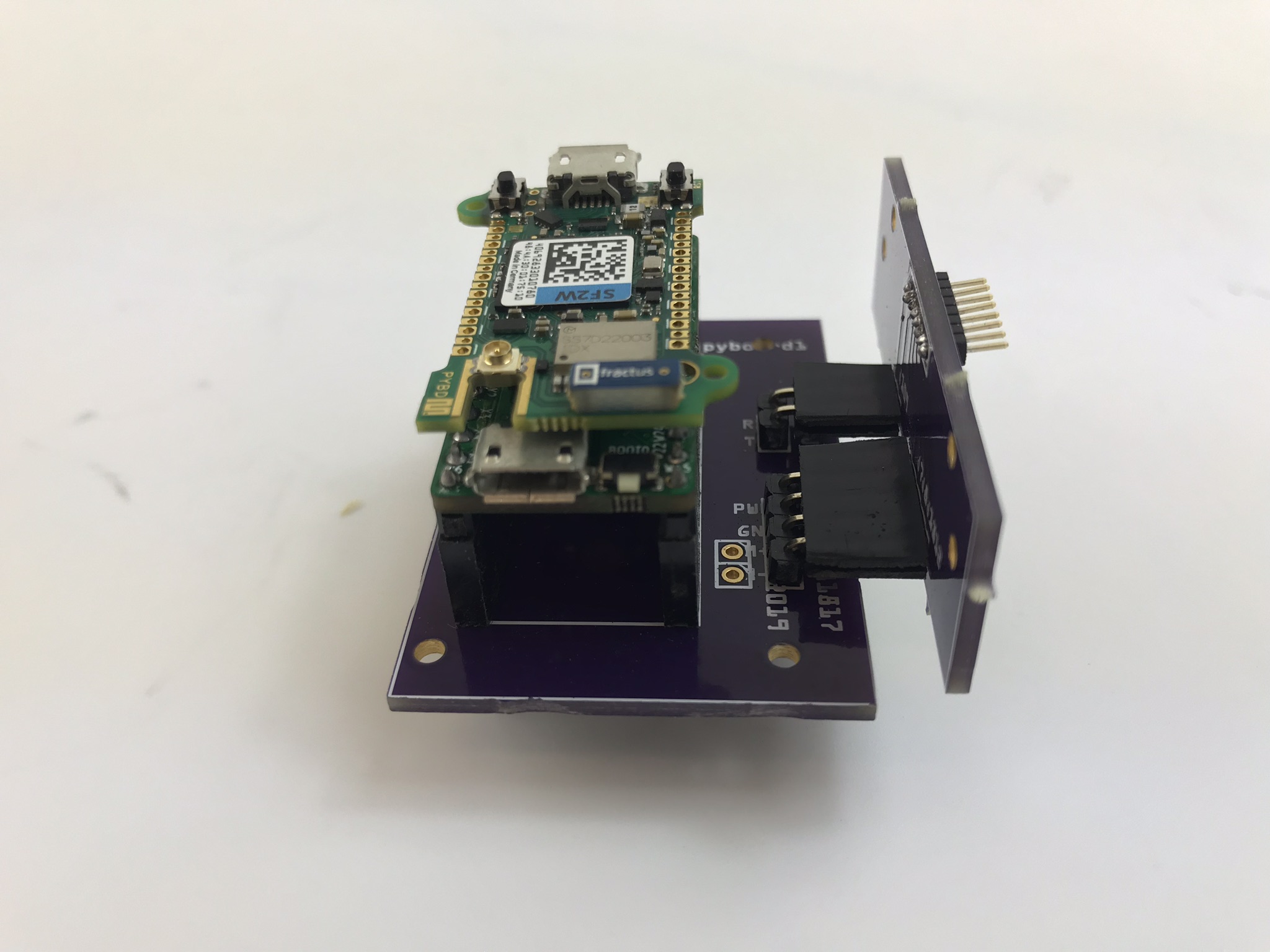LEGO SPIKE Prime Backpacks
As a hardware summer intern at Tufts University Center for Engineering education and outreach, I made a series of LEGO "backpacks" - custom-made housings that connect the new LEGO Engineering SPIKE Prime Set to other non-LEGO, 3rd party sensors and microcontrollers. The main goal of making the backpacks is to help LEGO explore the posibility of incorporating more advanced sensors into their educational products. After I finished making the backpacks, there were handed to the testing team who will test the backpacks and develop demonstrations to present to LEGO.
This project helped me learn how to design under constraints, as well as how to combine different hardware skills to solve engineering problems. In this page I will show you how I developed this product from sketching on an iPad to the final version.
First, a closer look:
I reviewed the old bill of materials from the website and ordered the key components. One of the modifications I made was that I replaced the industrial solenoid valve manifold apparatus with a cheaper substitute from Amazon. With all the components on hand, I followed the wiring instruction from the original design, but assembled the components in a more optimized placement plan.
Original design v.s. my adaptation
Image Gallery
Jumper wires breakout backpack
OpenMV backpack
Pybord D series backpack
Another team member worked on the look of the backpacks and added paper housings around them.
Design Process
The first backpack I design was for the OpenMV Camera. My very first step is to try to sketch out my ideas on ipad. In the sketch, I sketched out the contours of the connection point, and oriented the camera to a desirable position. After the initial sketch I realized that I need a mini PCB to convert the pin dimension on the OpenMV to the LEGO port. With that idea in mind, I started CADing the case and the PCB.
Sketching and CADing
PCB version 1
I worked back-and-forth between my 3D models and my printed circuit boards. I made test PCBs from the Othermill machine while printing out prototype cases on a Form 2 printer, and from time to time I had to change one to better fit the other. As the number of prototypes I made increases, I started putting in more features, such as making holes for USB port, jumper wires, and LEGO connectors. Finally, I designed a snap-in lid for the case, which took me a few more rounds of prototyping to get the dimensions right.
After a lot of iterations I ended up with the following result: A "backpack" that consists of a LEGO-compatible case, a snap-in lid, and a built-in pcb that connects to the OpenMV camera without extra bolts and nuts.

